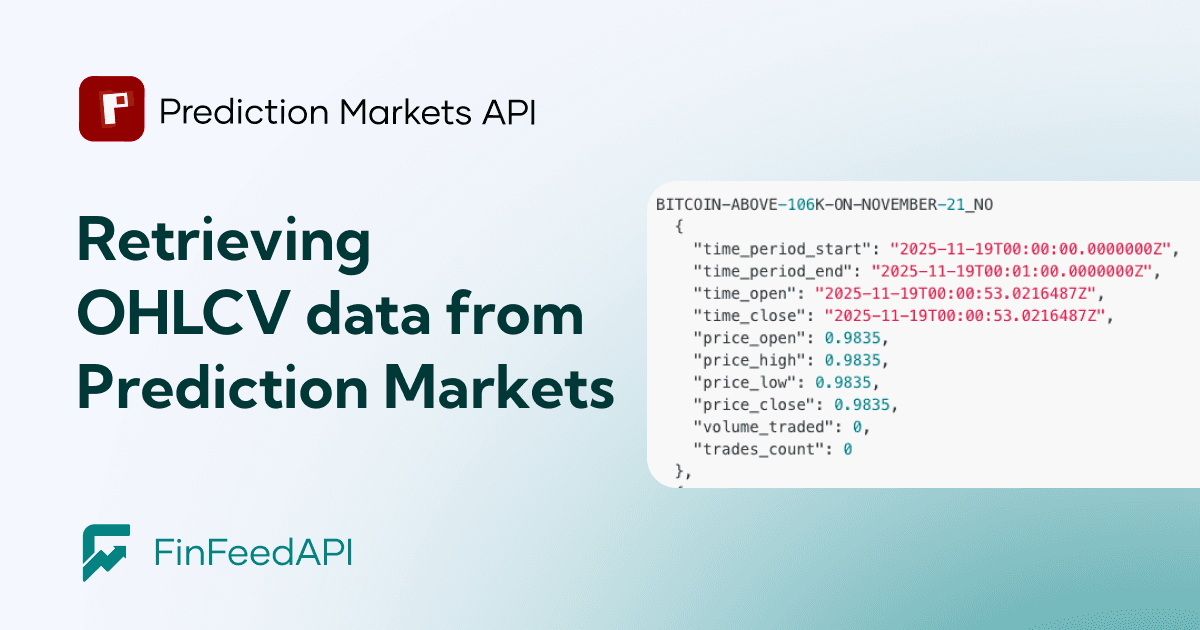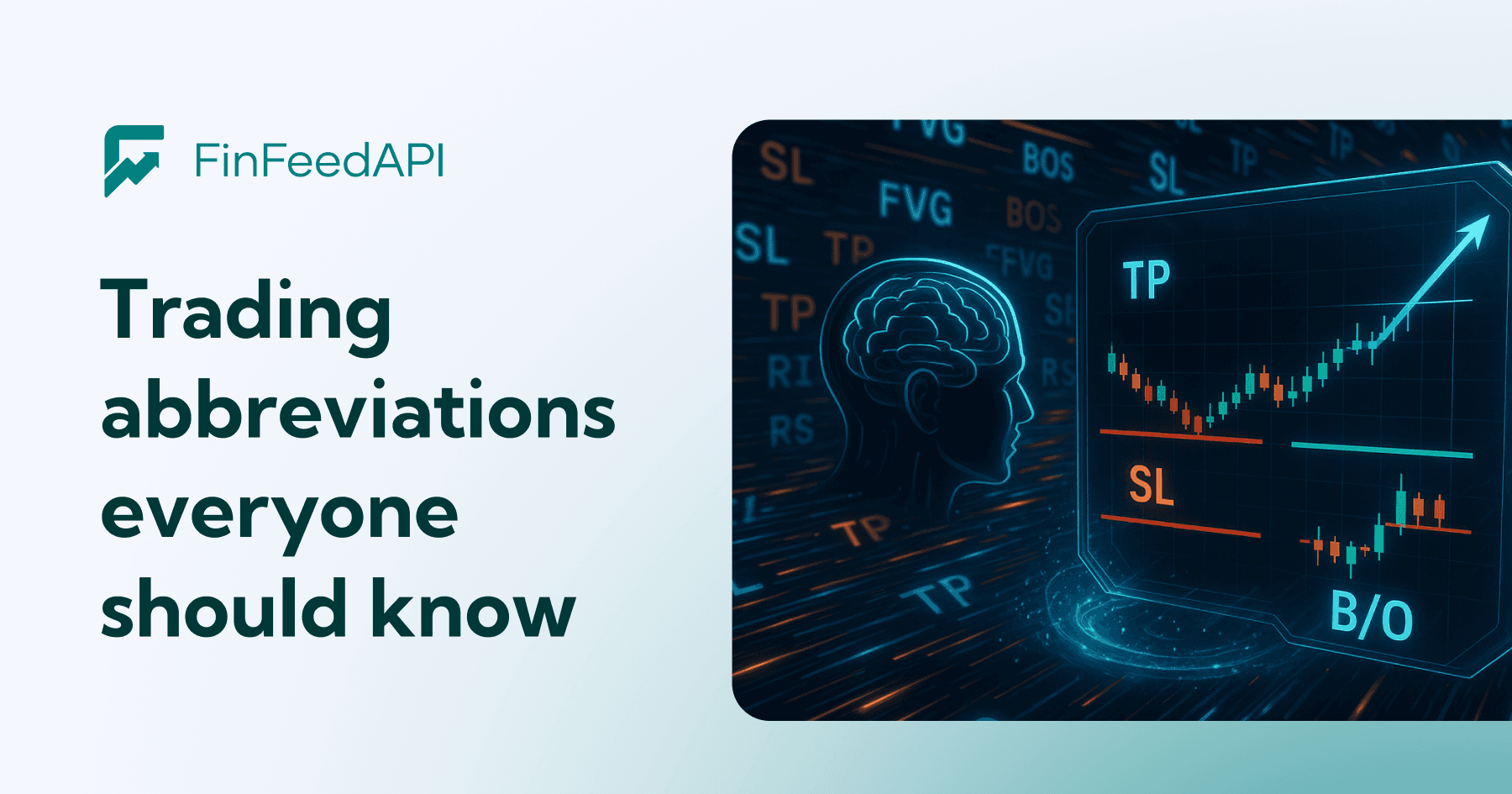What Is a Database Flat File? The Fundamental Format for Data Storage
A flat file is the most straightforward way to store structured data: one file, one table-like structure, and one record per line. If you’ve ever opened a CSV file or looked at a plain text list of entries, you’ve already worked with a flat file — even if you didn’t realize it.
The idea is simple.
Imagine a single spreadsheet where every row contains everything about one item.
No links, no relationships, no hidden tables. Just clean, row-by-row data.
Each line is a complete record.
Each field sits side-by-side, separated by commas, tabs, or another delimiter.
That’s a flat file.
The Essential Difference Between Flat File and Other Database Systems
To understand why flat files still matter, it helps to compare them to the database systems most people use today.
A relational database spreads information across multiple tables. Each table has relationships, rules, and constraints. Data connects through primary keys, foreign keys, and joins. This structure is powerful — perfect for apps that need real-time updates, complex queries, or strict data integrity.
A flat file takes the opposite approach.
No joins.
No relationships.
No multi-table complexity.
Just one file that holds one full dataset, usually in a format like CSV, TSV, JSON Lines, or plain text. Every line is a complete record. Any basic spreadsheet program can open it.
That simplicity is the entire point.
Common Flat File Formats: Understanding Format Options for Data Management
Flat files come in several flavors, each with their own quirks:
CSV Files (Comma Separated Values)
These are everywhere. Each piece of information is separated by a comma:
You can open comma separated values in any text editor or Excel, making them super handy for moving data between different programs.
TSV (Tab Separated Values)
Like CSV, but with tabs between the data instead of commas. Helpful when your actual data might contain commas.
Fixed Width
Here, each field takes up exactly the same amount of space, regardless of what's in it:
Old-school but still used in some systems.
INI Files
These store settings using name=value pairs under section headers:
You'll often see these holding configuration settings.
JSON
Unlike nested JSON, which can have objects or arrays within other objects or arrays, a flat JSON file keeps all data at a single level. This makes it easier to read, parse, and use in applications where simplicity and quick access to data are priorities.
XML Files
Flat XML (Extensible Markup Language) files, like flat JSON, refer to a simplified structure where data is organized without deep nesting or complex hierarchies. Unlike traditional XML, which often uses nested tags to represent relationships, a flat XML file keeps elements at a single level or minimizes nesting. This makes it easier to read, process, and use in applications that don’t require intricate data relationships.
Key Characteristics of Database Flat File Systems: Core Data Management Principles
Understanding the key attributes of flat files helps explain both their utility and limitations:
Data Organization
In a flat file database:
- Everything lives in one table or file
- Each record holds all related info for that entry
- Data is typically structured in rows and columns or key-value pairs
- No built-in connections between different pieces of data
Data Structure
Flat files use various ways to structure data:
- Field delimiters (commas, tabs) to separate values
- Fixed-width fields where position determines meaning
- Markup tags (XML) to identify data elements
- Key-value pairs to associate data names with values
Data Access Patterns
When working with flat files:
- Reading typically happens sequentially, from beginning to end
- Finding specific records often requires scanning the entire file
- Updates usually involve rewriting all or part of the file
- No built-in indexing or quick lookup mechanisms
Advantages of Flat File Databases: When Simple Management Shines
Flat files have some real advantages that explain their continued popularity:
- They're Dead Simple. Anyone can understand a flat file. One file = one complete set of data. This transparency makes them accessible to almost anyone, even folks without much technical background.
- They Go Anywhere. Flat files work on pretty much any computer. A CSV file opens just fine on Windows, Mac, Linux – whatever you've got.
- They Play Well With Others. The straightforward format makes flat files perfect for sending data between different systems. Most programs can read common formats like CSV or JSON.
- No Extra Software Needed. Unlike more complex systems, flat files just need basic file handling – something every computer can do.
- Direct Access. For small sets of data, working with flat files is straightforward – often just a text editor or Excel is all you need to view and change things.
- Human Readable. Most flat file formats can be read and understood by humans without special tools, making them excellent for configuration files and simple data storage.
Practical Tips for Flat File Systems
If you're thinking about using flat files for your next project, here's some practical advice:
Check Your Data
Since flat files don't automatically validate information, build thorough checking into your application to keep data clean.
Back Things Up
Create a solid backup plan for your flat files. Flat file backups typically need manual processes or custom scripts.
Think About Security
On their own, flat files don't offer much protection. Consider encryption for sensitive information and set appropriate file permissions.
Consider Performance Helpers
For larger flat files, think about creating your own indexing to speed up data access. This might mean creating separate files that map keys to positions in the main data file.
Establish Naming Conventions
With multiple flat files, a clear naming strategy helps organization and prevents confusion.
Document Field Meanings
Since flat files don't have schema definitions, document what each field represents and any formatting requirements.
Programming Techniques to Ensure Data Integrity in Flat File Databases
Most programming languages make it easy to work with flat files:
Security Considerations: The Difference Between Flat File Security and Database Management Systems
Are flat files secure? Some key points to consider:
- Access Control. Flat files rely on operating system permissions for access control, lacking built-in user authentication.
- Encryption Options. For sensitive data, consider encrypting flat files or using encrypted file systems.
- Backup Security. Ensure backup copies of flat files receive the same security attention as the originals.
- Data Transport. When transferring flat files, use secure protocols and consider encrypting the files themselves.
- Audit Challenges. Flat files don't inherently track who accessed or modified data, making auditing more difficult.
Advanced Techniques for Flat File Database Management
Even with their simplicity, flat files can be used in sophisticated ways:
- Custom Indexing. Create separate index files that map keys to positions in the main file for faster lookups.
- Sharding. Split large datasets across multiple flat files based on some logical division.
- Compression. Use compression techniques to reduce storage requirements for large flat files.
- Concatenation and Splitting. Join multiple flat files together or split large files for easier management.
- Header Metadata. Store metadata about the file's contents in a structured header section.
- Checksums and Validation. Include checksums to verify file integrity and detect corruption.
Conclusion: The Enduring Value of Flat File Database Management
Despite their simplicity – or perhaps because of it – flat files remain an essential tool in data management. They provide a transparent, portable, and accessible way to store and exchange information.
While they have limitations for complex or large-scale data needs, flat files excel in many everyday scenarios, from configuration settings to data exchange to logging. Their human-readable nature and universal compatibility make them invaluable across various computing environments.
How This Connects to FinFeedAPI
Flat files are also the backbone of FinFeedAPI’s Flat Files S3 delivery system, which offers complete historical market datasets (stocks, forex, crypto, commodities) as ready-to-download files.
Instead of making thousands of API calls, you can:
- download years of OHLCV data at once
- backtest large trading models locally
- load datasets into your own warehouse
- process millions of rows offline without rate limits
Flat files make large-scale financial analysis faster, cheaper, and easier.















